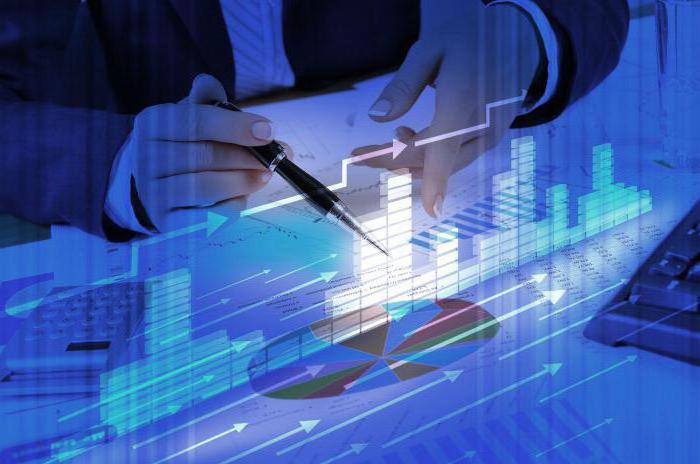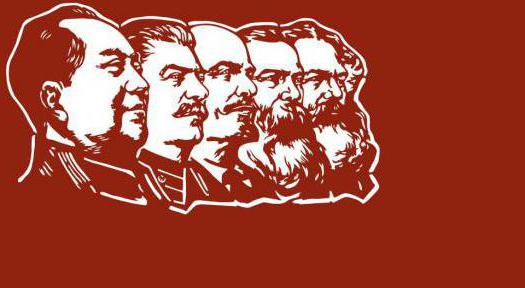Topics such as "Economics. Types of Economic Systems and Their Key Differences" are very relevant, as many countries are oriented towards sustainable development. But in order to organize effective changes, you need to understand the essence of the processes that characterize the market. It is for this reason that it is worth paying attention to the main economic models.
What is an economic system?
Under this term is understood the totality of various economic elements that are interconnected with each other and form the structure of society. Thanks to them, it becomes possible the unity of relations oriented to production, as well as the subsequent distribution and consumption of goods.

At the moment, various types of economic systems can be identified. The differences between them relate to four main priorities:
- determination of techniques and methods used in the process of regulation and management of the economy;
- selection of a pricing tool;
- determination of the form of ownership prevailing in a particular economic system;
- techniques that will be used for the most efficient distribution of goods and resources.
The main types of economies
In the process of development of various states, different economic systems could be observed. At the moment, according to the views of modern experts, there are several key models:
- The traditional economy. In this case, the emphasis is on customs and traditions. Such a vision contributes to the development of small-scale production and the widespread use of manual labor.
- Command, it is also an administrative-planned economy. This direction is focused on public property. Unlike the features that other types of state economy have, this system implies the formal nature of commodity-money relations. As for production planning, it is determined by the policy of the administrative center.
- Market economy. In this case, we are talking about a system in which the basis for the development of production is private property. Moreover, it (production) is carried out under the influence of the market regulation mechanism, economic benefits and prices, changes in supply and demand.
- Mixed economy. A key characteristic of this system is the combination of various forms of management.

In order to better understand the essence of the topic, it is worth paying more attention to each type.
Traditional economy
This pattern can be observed in underdeveloped countries. Such an economic system uses outdated technological resources that are unpopular in more developed regions. You can also note the multistructure economy of this type and the active exploitation of manual labor.

By multistructure it is worth understanding the various forms of management that exist within the framework of one state. In some countries it is possible to find natural-communal species, which are based on collective communal farming and in-kind distribution schemes of the produced product. Studying the main types of economies, it is worthwhile to understand that in this system small-scale production is crucial. Such productive resources, as a rule, take the form of numerous handicraft and peasant farms that dominate the economy.
Administrative command system
In order to better understand how other types of economic development differ from this direction, it should be defined as a centrally planned, or communist system.In this case, state property, which extends to all economic resources which is formally considered public. There is also bureaucratization and monopolization of key processes. With this model, centralized economic planning can be defined as the basis of the economic mechanism.

Under such a system, all enterprises in a country are managed from one state center. Accordingly, business entities are deprived of the opportunity to take initiative outside the framework outlined by the country's top leadership.
Free market relations are also completely excluded, since the government exercises full control of both production and distribution of products. In turn, the fact that the state apparatus manages economic activity completely neutralizes the material interest of subjects in the results of activity.
Market economy
When considering various types of economics, special attention should be paid to this. The basis of this system is the idea of free enterprise. This type of housekeeper implies an abundance of various forms of ownership that extends to the means of production, active competition, market pricing, the limited influence of the state on the process of economic activity, and contractual relations between economic entities.

Such a system can be characterized as progressive, because it has the same set of advantages that the previous types lack: a constantly growing technological level of production, material interest in labor results and economic freedom, which enables an individual to realize his abilities through active work.
With such a system, a combination of private, state, municipal, joint-stock and other types of property. This means that each company and enterprise has the right to independently decide which products and for whom to produce. If we compare the types of economy described above with the market system, then the tangible advantages of the latter are obvious.
Such a direction can be defined as pure capitalism, the key characteristic of which is the personal benefit of all participants in economic activity, including hired workers.
It is worth paying attention to the fact that there are various types of market economies:
- Japanese model. It is distinguished by developed coordination and planning of activities of both the private sector and the government. With the full preservation of all traditions, technological resources relevant for development are actively borrowed from other countries. Public service is quite prestigious, as is education. As a basis for economic development, one can determine orientation to the production of high-tech products.
- American In this case, it is worth paying attention to the small proportion of state ownership and minimal government regulation of economic processes. This system is characterized by an active orientation towards free enterprise and an acceptable standard of living for those population groups that are low-income.
- Continental model. The proportion of state ownership is significant. Banks play a key role. The impact of the state on economic processes is noticeable.
- Swedish model. In this case, the emphasis is on minimizing property inequality and caring for low-income groups. The state accumulates significant financial resources through high taxes. These funds are used to solve pressing social problems.

Mixed economy
A distinctive feature of this system is the fact that it combines elements that include other types of economy. This direction can be described as the most flexible and adapted to constant changes - both external and internal. The following characteristics should be identified as the main differences of this system:
- base for economic activity is quantitative public and private property;
- the state takes an active position;
- both nationalization and socialization of the economy takes place on an international and national scale.

Transition economy
To get a complete picture of what types of economies are, attention needs to be paid to this system. The essence is reduced to constant changes, both within the framework of the existing type of economic structure, and in the process of transition from one system to another. As practice shows, the transitional form combines the elements of team management and distribution, as well as the forms of organization that are characteristic of free market relations.

Summary
As a conclusion, it is worth noting that the systems described above are not isolated economic models. They constantly interact and thereby form a complex and multifaceted structure. world economy.








